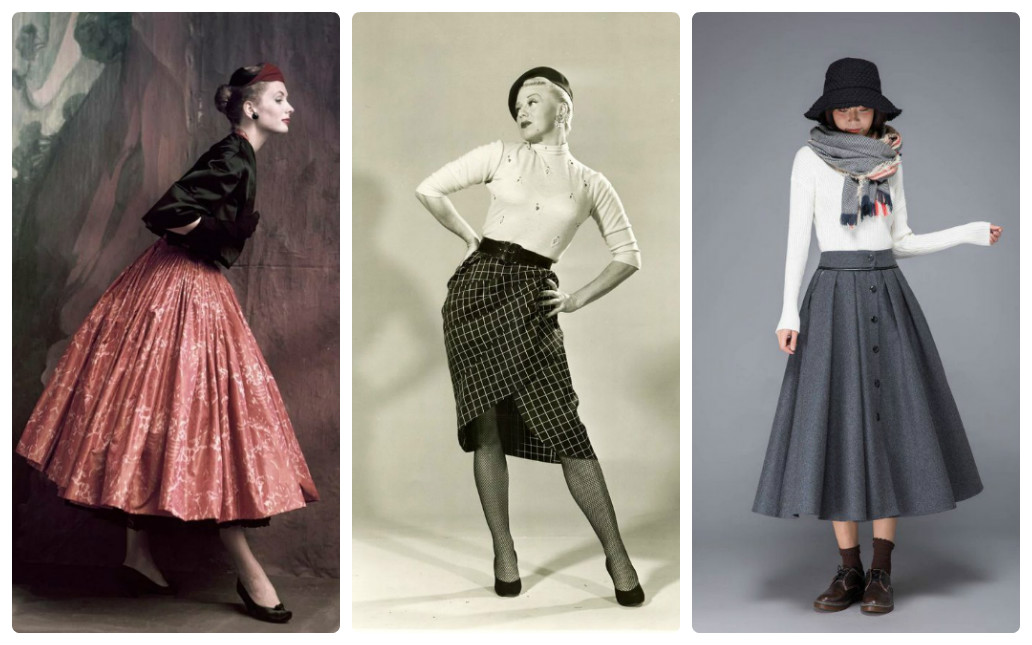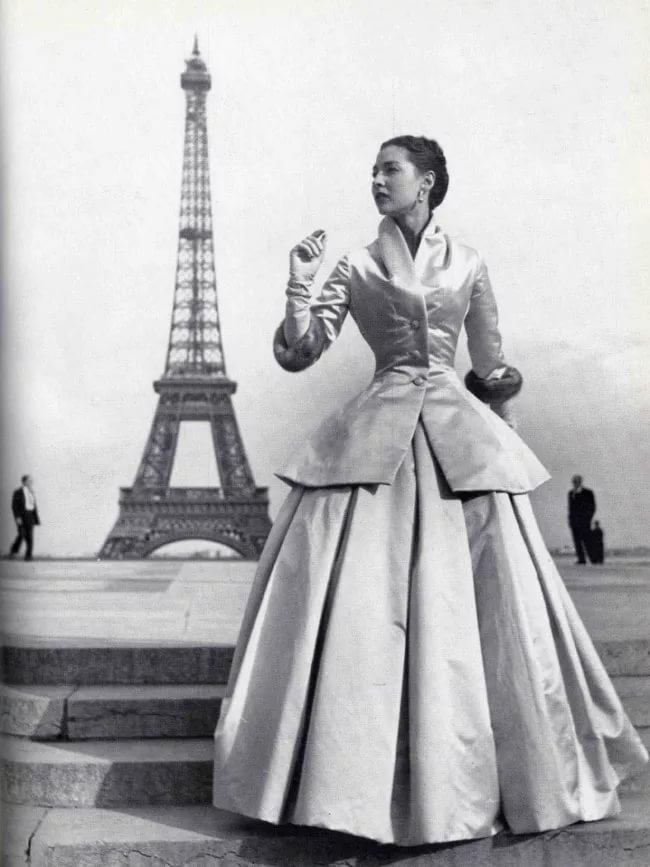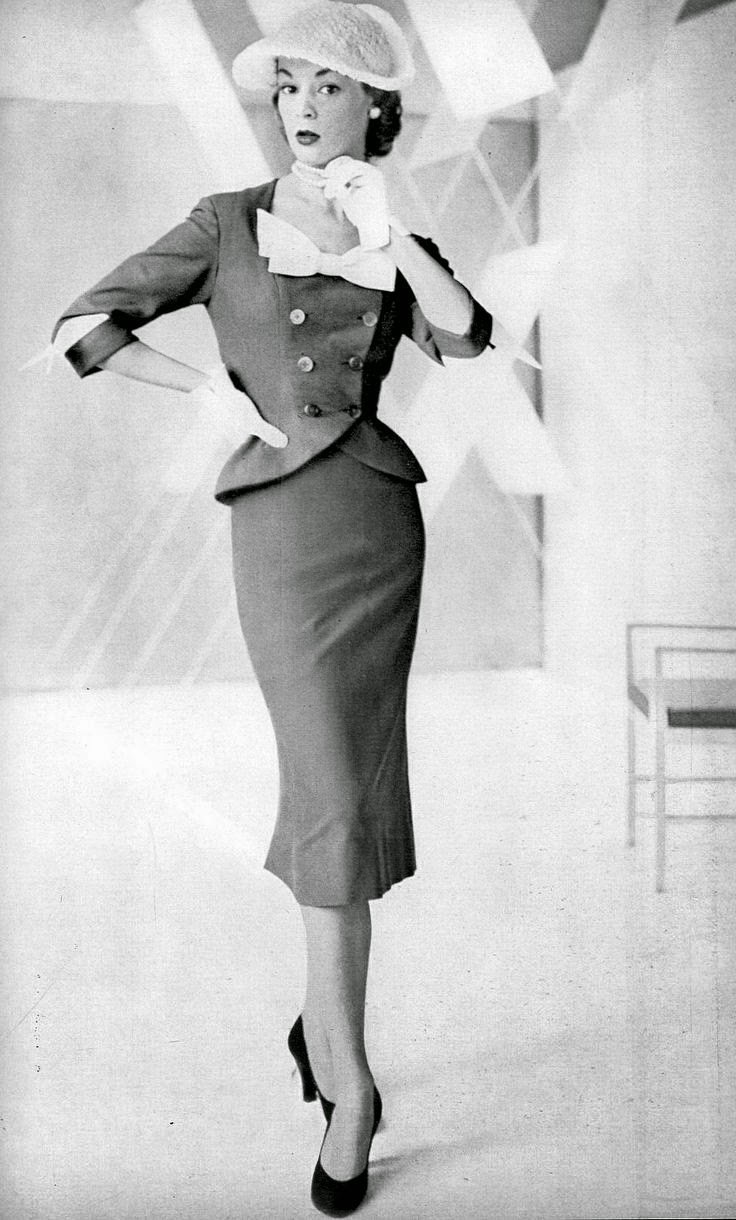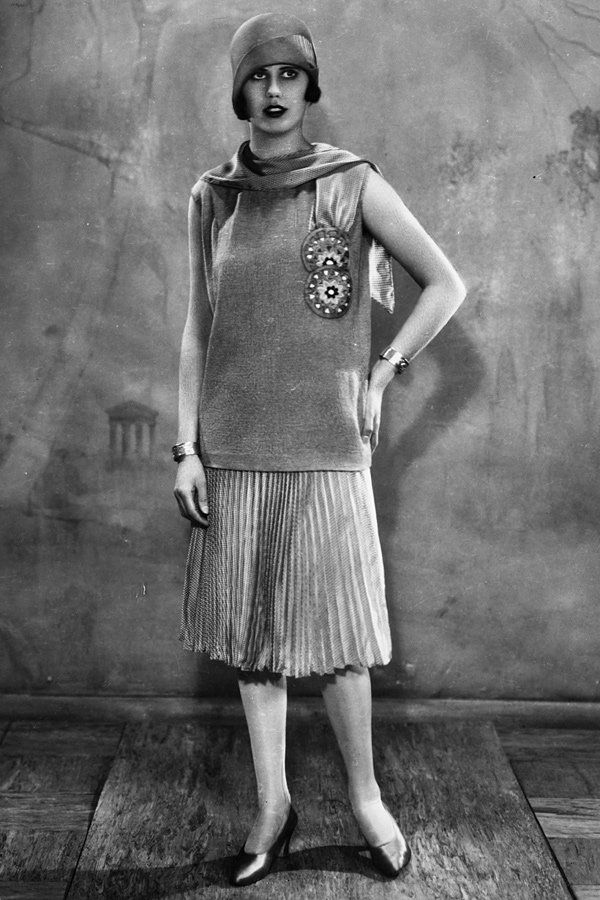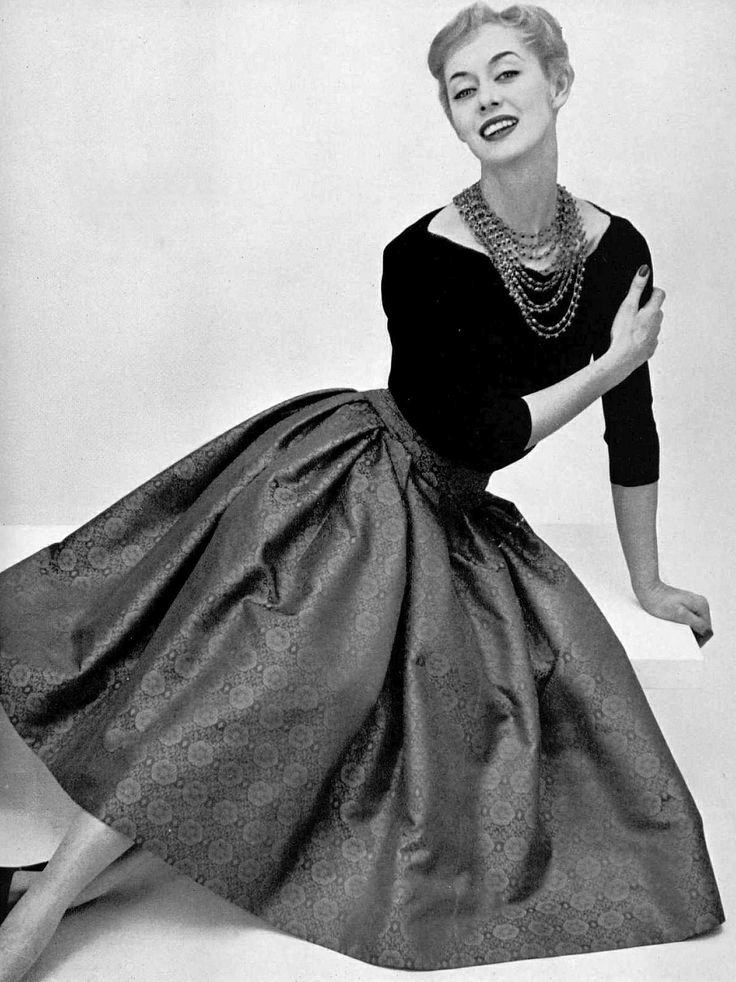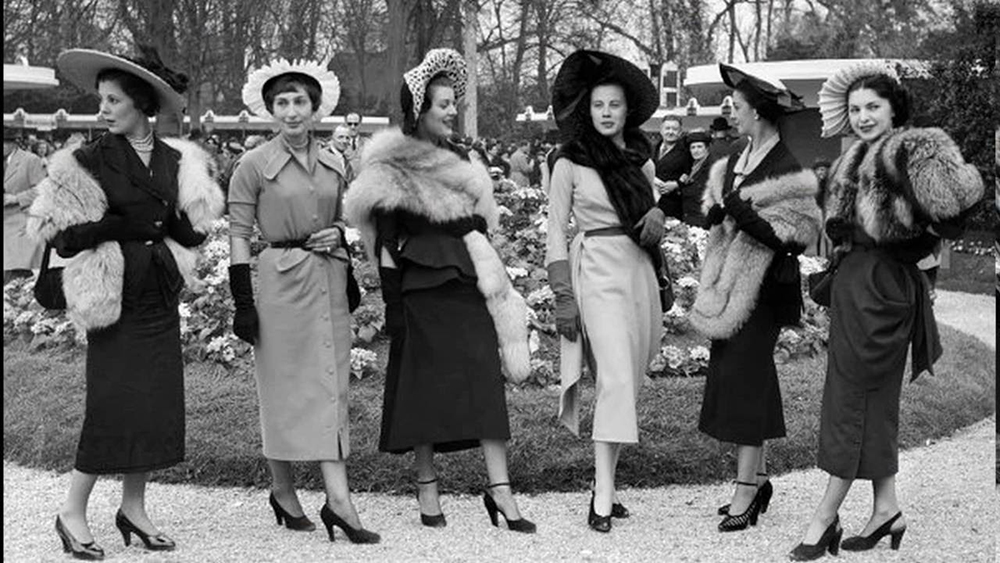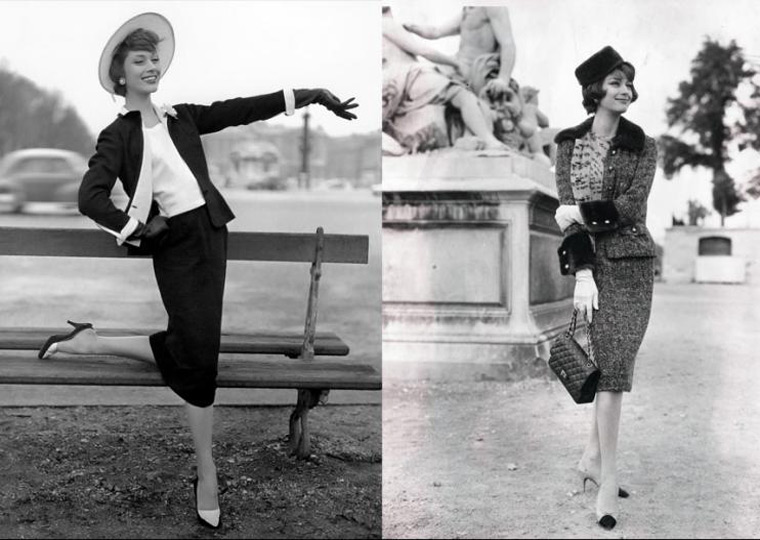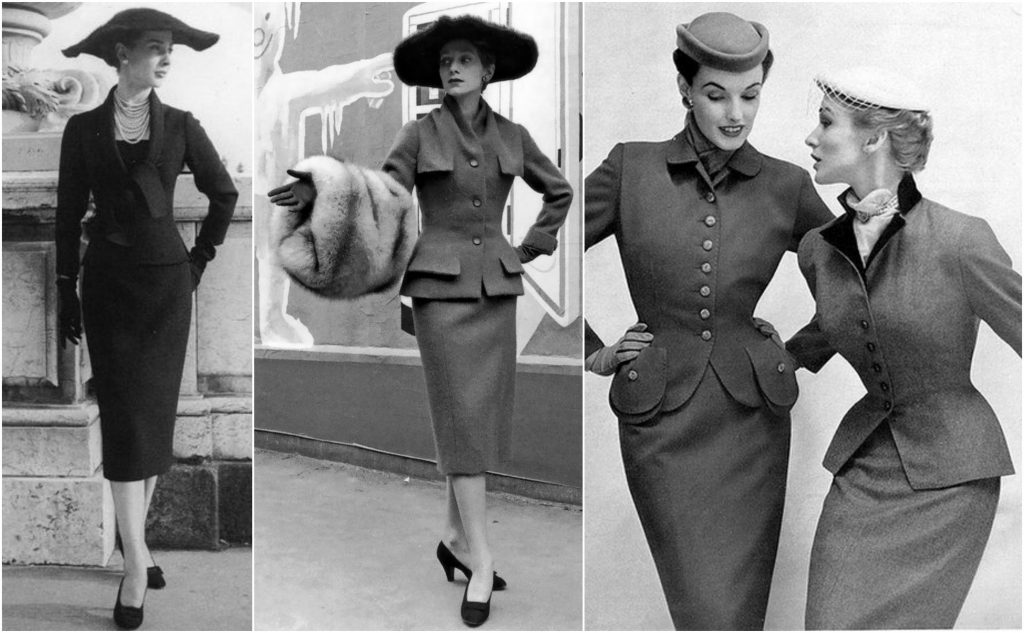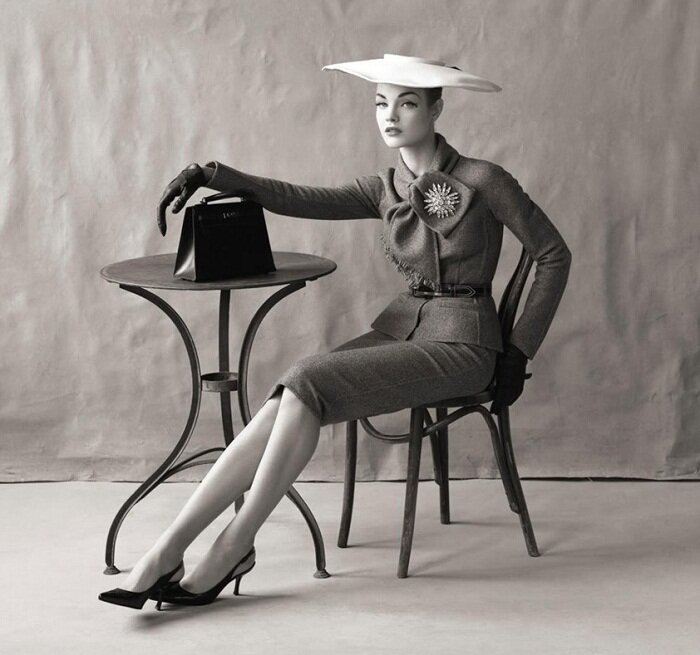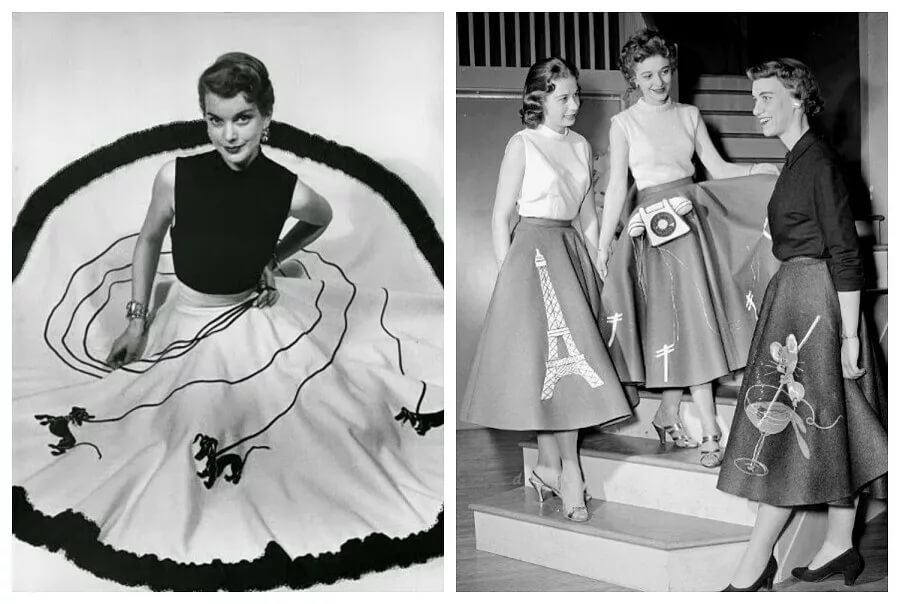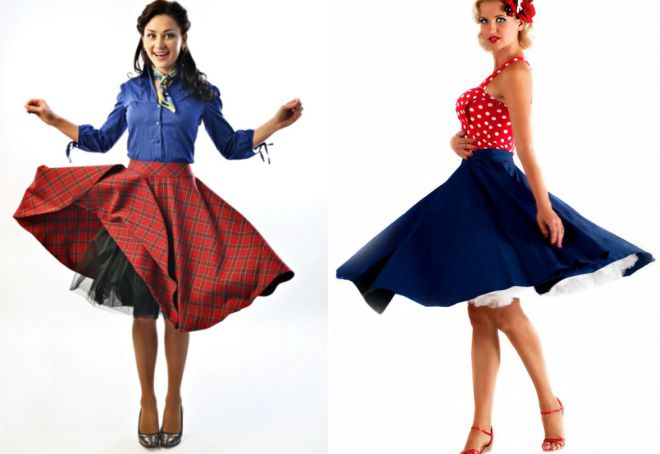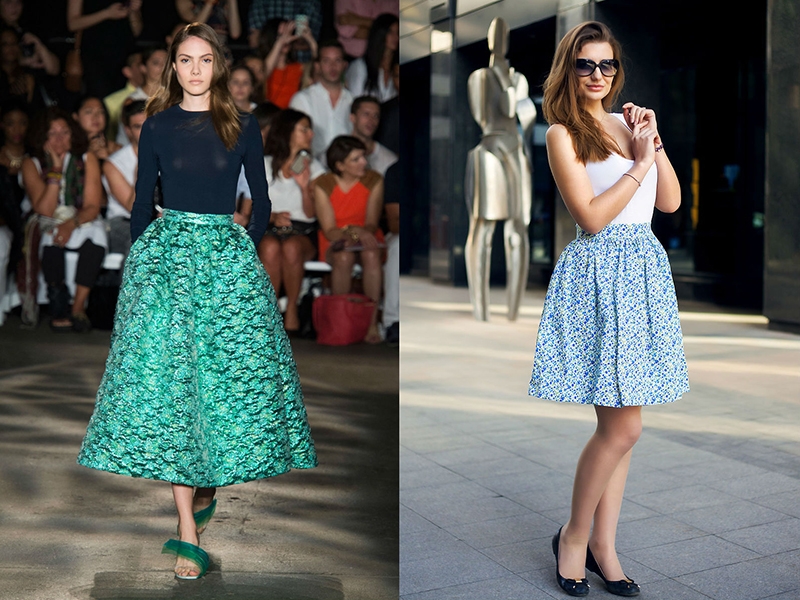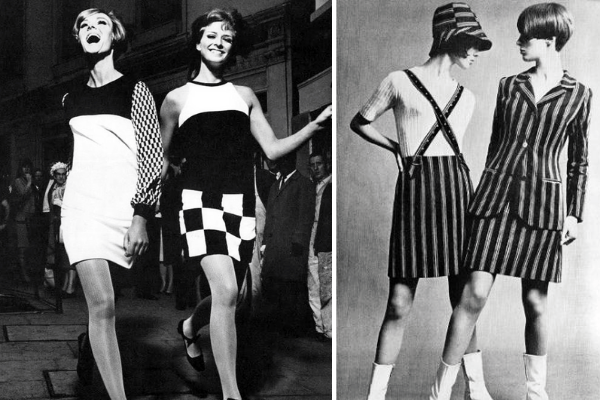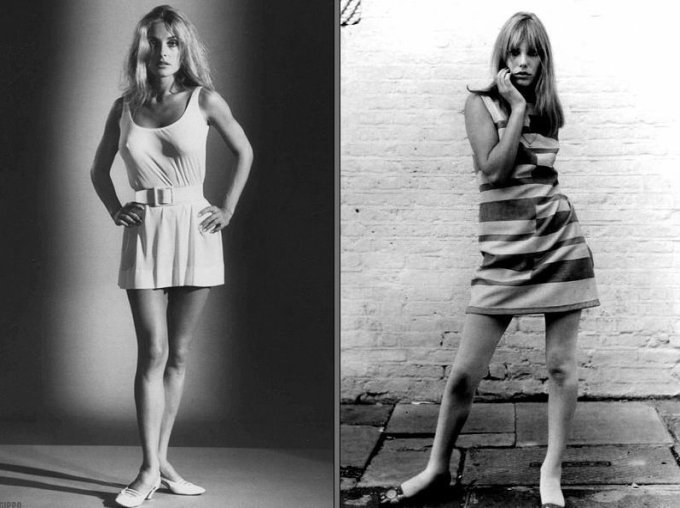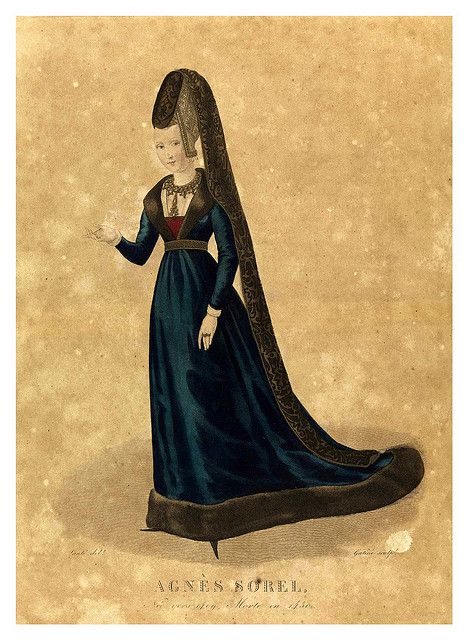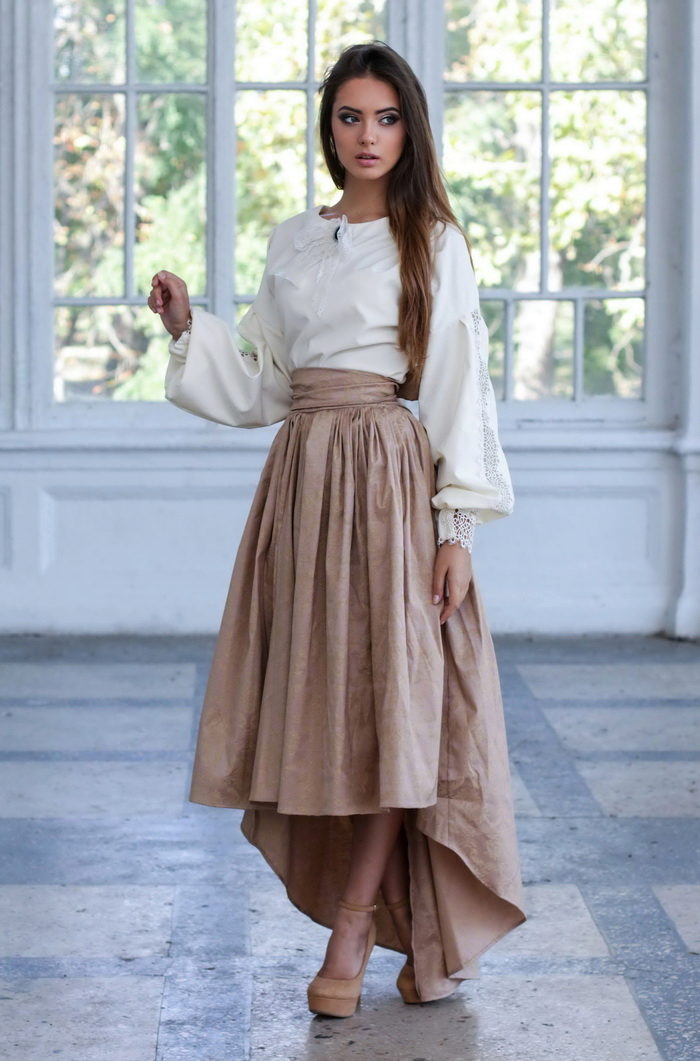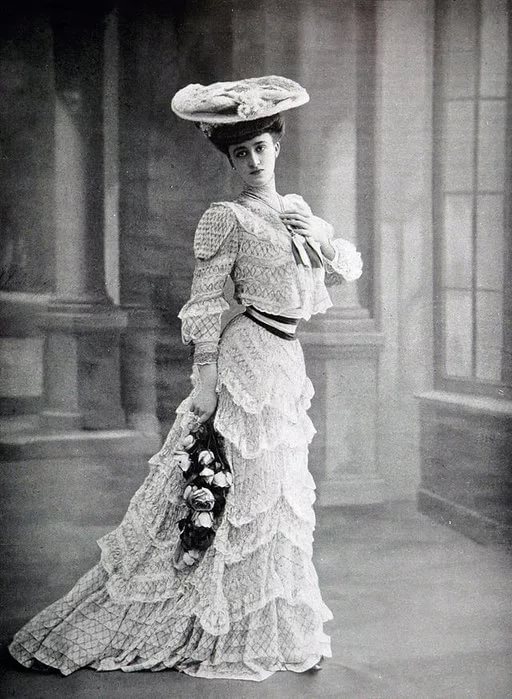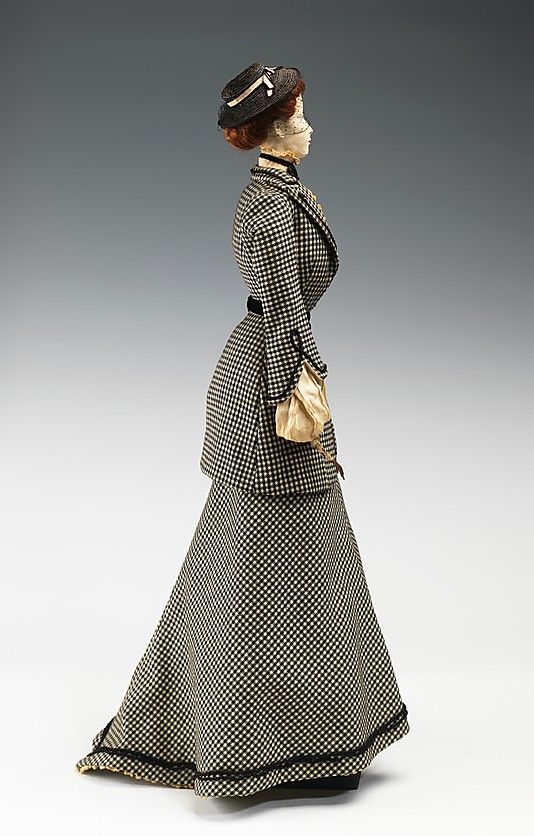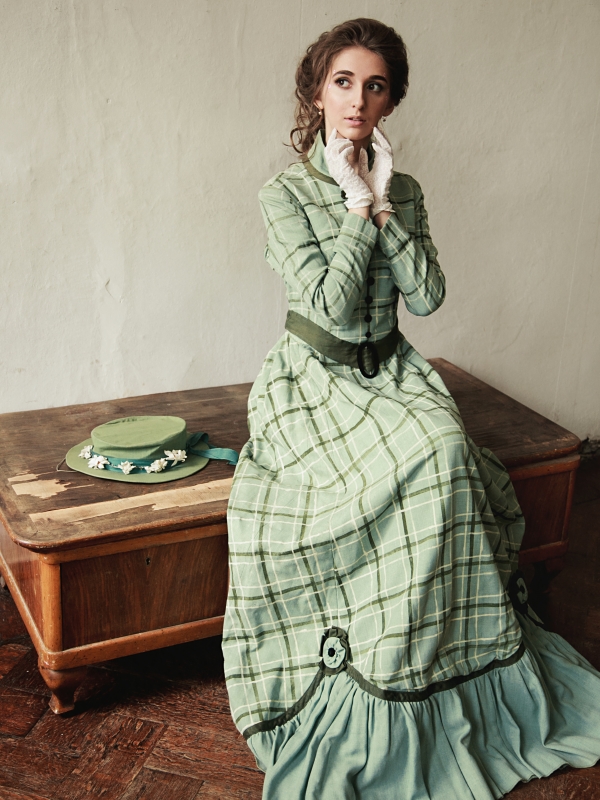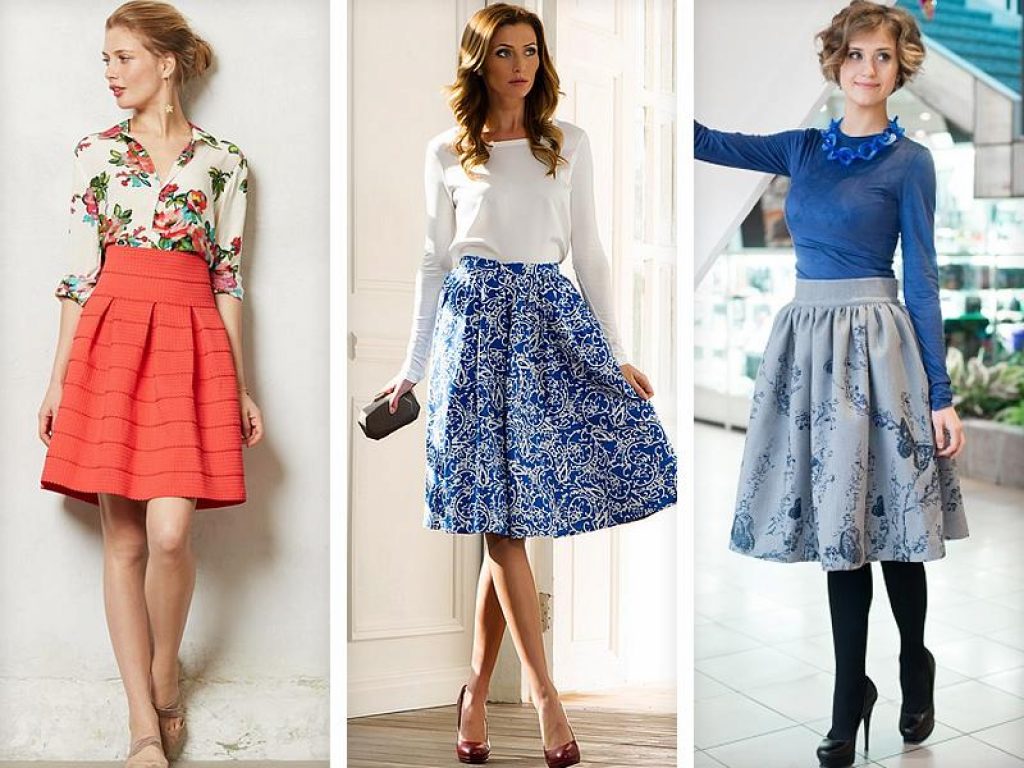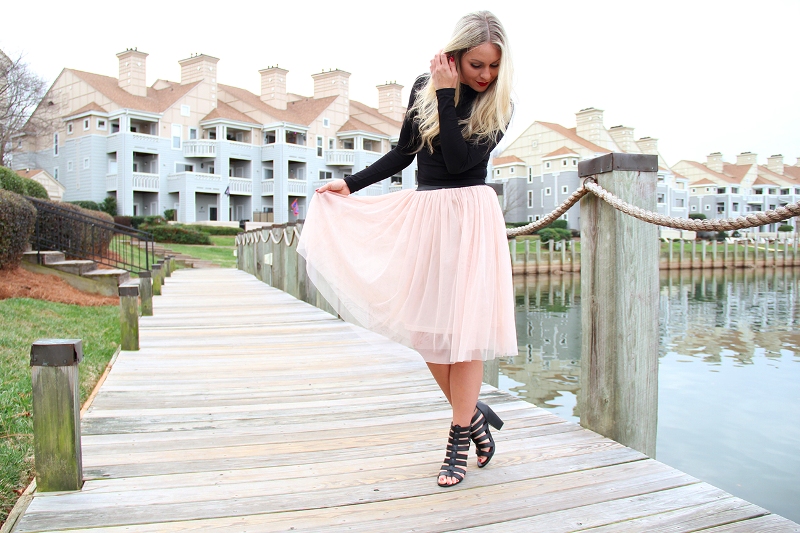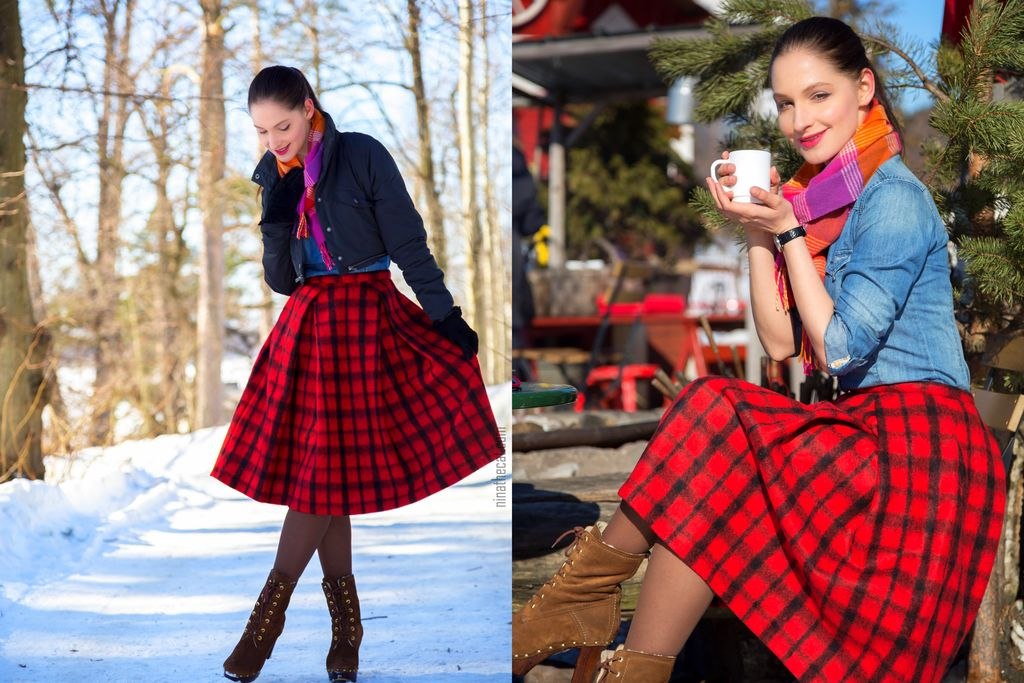The first skirts appeared when people wanted to cover their naked bodies. At that time, this item was a loincloth made of fur or palm leaves. The curious history of the skirt was constantly changing: in different periods, this item of clothing was considered an exclusively male or female wardrobe item, the styles, length, and decoration methods changed. Today, skirts are worn only by women (not counting the Scottish kilt), the shape and length depend only on taste preferences.
Evolution from loincloth to crinoline
The history of skirts dates back to the 3rd millennium BC. In Mesopotamia, people wore wool or fabric multi-tiered wardrobe items. They were often trimmed with fringe. In warm countries, palm leaves were used instead of wool and fabric. There were skirts in Ancient Egypt, too – they were called schenti and were a piece of cloth that was wrapped around the hips. This bandage was secured with a rope or cord. The length of the schenti depended on the status: the more noble the man was, the longer it was. The following varieties stood out among the models:
- thin, bleached linen or cotton schenti (pharaonic clothing);
- skirts made of natural material in natural colors were intended for artisans;
- Small bandages made of rough cloth or leather were worn by slaves.
In ancient times, colored clothing was a rarity - only very rich people could afford it: priests, landowners, courtiers.
The wealth of a man was also emphasized by the decorations on his belt. Pharaohs wore a pleated apron over the schenti. It is worth noting that such a skirt was an item of clothing exclusively for men. Women of that time wore mainly dresses or sarafans - kalaziris.
The ancient Persians wore outfits reminiscent of a modern flared skirt. And to make it more comfortable to ride, they would tie it between their legs with a belt, which later served as the prototype of bloomers.
The first half-sun skirts in history are considered to be the models of ancient warriors.
Ladies in the 17th-18th centuries had to wear up to 50 kilograms of clothing, and moving around in it required training and a certain amount of skill. Girls were taught to wear dresses from an early age. To give skirts a certain shape or simply more volume, various devices were used:
- Pannier. A metal frame. Sometimes it was made of willow twigs, as well as whalebone. The device was invented in England in the 17th century to give a woman's skirt a round or oval shape.
- Fizhmy is what panniers were called in Russia.
- Crinoline. The evolution of panniers and farthingale. This model appeared in France in the 19th century and was either a petticoat made of stiff fabric or a skirt on hoops made of metal, wood or whalebone. The first crinolines were made of fabric stuffed with horsehair to give it rigidity. The purpose of this device was to give it a bell shape.
- Trains – appeared in the Middle Ages and came back into fashion in the 18th century. The length of the train could be used to judge the status of a person. For example, Catherine the Great’s train was 70 meters long and 7 meters wide. During the coronation, it was carried by fifty pages.
- The bustle is a 19th century invention. A roll or cushion was attached under the skirt at the back to create an S-shaped silhouette. Some ladies were so eager to look fashionable that they overdid the size of this roll and became the object of ridicule and caricatures.
Wars and revolutions put an end to voluminous skirts - the main requirement for clothing was comfort. In addition, there was a shortage of fabric.
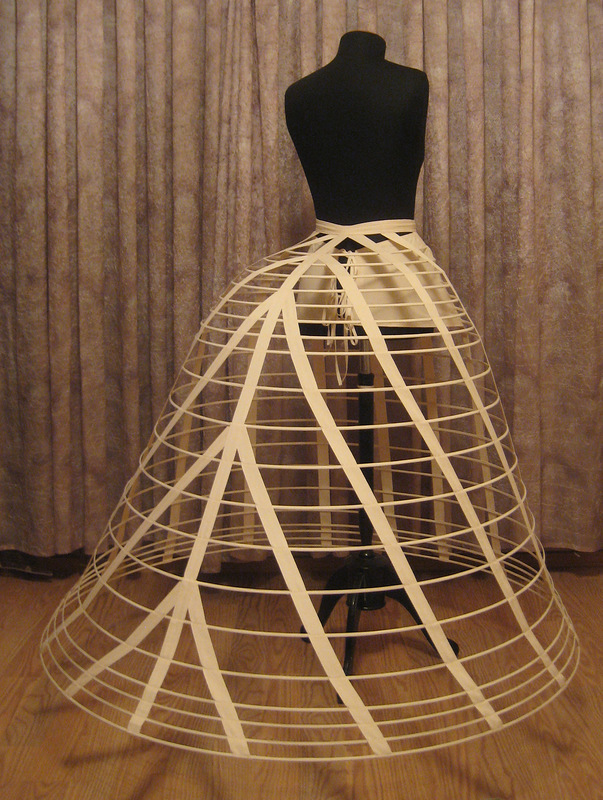
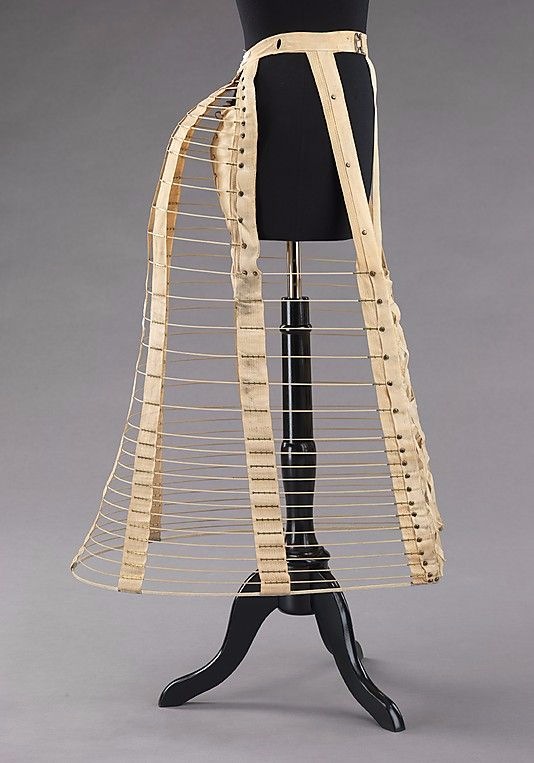

Rapid metamorphoses of the 20th century
In the 20th century, the fashion for frames passed, and the "limbed skirt" appeared. The history of its origin is associated with the first woman's flight on an airplane. In the design of the aircraft invented by the Wright brothers, the passenger was between the wings. During the flight, lush women's clothing would have created difficulties for the pilot. Therefore, the girl simply tied the hem with a rope. Fashion designer Paul Poiret saw a photo from this event. The photo inspired him to create a model narrowed at the bottom, which was called the "limbed skirt", since it was completely uncomfortable to walk in.
The length of skirts in the 20th century was greatly influenced by theatre and dance. At the beginning of the century, tango was fashionable. A little later, Charleston and rock and roll became popular. Under their influence, seductive slits appeared, and clothes became shorter.
The famous Coco Chanel predicted that the length of the skirt would not rise above the knees. But in the 60s, Mary Quant burst into world fashion, creating the mini model. Over the next decades, the development of the fashion industry led to the skirt being shortened and lengthened. Today, any woman has the opportunity to choose the length that she likes best.
Stories of the creation of iconic models
History has many models of skirts that have become legendary - straight, puffy, sun and half-sun styles, mini and maxi options. All of them appeared thanks to talented fashion designers such as Coco Chanel, Mary Quant, Christian Dior.
Straight
The straight skirt appeared during the First World War. Due to a shortage of material and for practicality, long skirts began to be shortened and taken in. Coco Chanel contributed to the appearance of the model. In the 20s of the 20th century, she improved the "lame skirt", making it straight and shortening it to the knees. In the 40s, Christian Dior created a world hit - a pencil skirt. It began to be worn with corsets, which came back into fashion, fitted blouses or sweaters. This model, seductively hugging the hips, was worn by Marilyn Monroe, Grace Kelly, Audrey Hepburn and other celebrities.
Sun
The creation of the sun model is attributed to actress and fashion designer Julie Lynn Charlotte. Inspired by Christian Dior's new look, she came up with a skirt that is very easy to sew yourself: you need to cut a circle with a slit in the middle from a piece of fabric. This option suited Charlotte completely, because she did not know how to sew at all. This skirt was attached with an elastic band or a belt. The highlight was the felt appliques.
No one knows exactly the history of the appearance and the first creator of the half-sun skirt. Most likely, this is a variety of the sun-flared model. Unlike it, the half-sun is created from a semicircle and has one seam.
Tatyana
The origin of the skirt style, gathered in folds at the waist and widening at the bottom, dates back to Pushkin's time: girls, going to a ball, wore dresses with a puffy bottom. To add volume, petticoats were worn underneath, and the hem was trimmed with frills and lace.
The name of the model is associated with the role of Tatyana Larina in the ballet "Eugene Onegin" in 1965. Especially for this Pushkin heroine, Jurgen Rose created a dress with a tight top and a gathered skirt.
Tatyana are sewn from one rectangular piece of fabric. Previously, a cord or elastic was used for the belt. But the folds did not always lie nicely and could shift. A belt with a clasp, which is simply sewn to the top of the skirt, solved this problem.
Mini
In the 1960s, Mary Quant, an art college graduate, decided to create clothes suitable for young girls. There was no distinct youth style back then. Girls, growing up, immediately put on clothes similar to those worn by their mothers. Mary wanted something different – free, light, not restricting movement. And she created a miniskirt. At first, Mary's creation was harshly criticized. But young girls quickly appreciated the innovation, and soon the model conquered the world.
With a train
The fashion for long trains was introduced in the 15th century by the French king's mistress Agnes Sorel. The long hem was initially criticized and they tried to ban it. Churchmen called trains "witches' tails" and refused to absolve the sins of ladies whose dresses had a train. But no bans could stop the spread of the elongated hem. Very soon it became an attribute of the wardrobe of all court ladies. The length of the train spoke of the status of the person - the higher it is, the longer the hem.
When wearing a model with a train, it was easy to get tangled in the folds, so girls were taught from an early age to move in such dresses.
Modern skirts can also have a train. Of course, they do not reach a length of several meters - these are more practical asymmetrical models. They open slender legs in the front, and the elongated part is at the back or on the side.
Skirt fashion in Russia
Skirts appeared in Russia in the 19th century – before that, people wore shirt dresses, tied with a belt, or sarafans. The prototype of the first models was the poneva – three pieces of fabric that could be completely or partially sewn together. Such clothing was rectangular in shape and was fastened with a cord on the belt, and an apron was worn over it.
The poneva was worn only by married women or girls who had reached adulthood, as a sign that they could be matched.
The skirt as an independent element came to the Russian village from the cities in the middle of the 19th century. And since plump women were considered beautiful at that time, girls wore several skirts at the same time to appear fatter.
During the Soviet Union, knee-length or longer models were popular. Shorter ones were considered indecent and were not produced by the clothing industry. Classic-length skirts were used as part of women's uniforms, for example, for military personnel.
The modern skirt has many variations. It differs in shape and length. In the collections of different designers today you can see old styles, such as pencil or bell. New versions are created on their basis. Each season, store shelves are replenished with new models with a variety of decor methods. Such an assortment allows every woman to find a skirt that suits her figure and style.
Video

